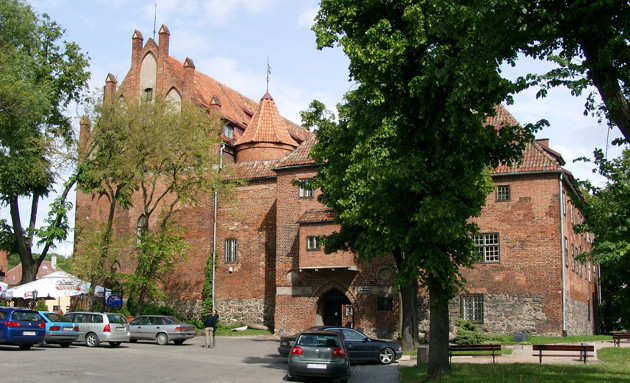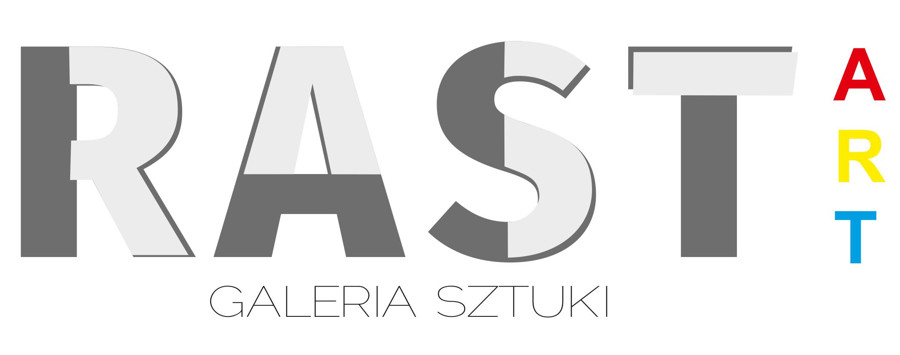The castle was erected on a hill above the Guber River. The construction of the Gothic castle, formerly the seat of the Teutonic Procurator, probably began after the municipal rights were granted in 1357. Earlier, a wooden outpost stood against invasions by the Lithuanians; the outpost was built by the Teutonic Knights on the remains of the Prussian dwelling of Rast, which was conquered in the 13th century. The fortified structure was surrounded with a wall with three towers at the corners and a keep on the side of the town. The remains of the walls and towers can still be seen today. Originally, the castle had three sides, closed from the west by a wall with a gate. The representative north wing concealed the refectory, the Teutonic Procurator’s living quarters, and a chapel.
Nowadays, the castle is home to the Wojciech Kętrzyński Museum, the Municipal Public Library and the Konik Mazurski Gallery. The museum holds exceptional collections that constitute permanent exhibitions. The museum has a Prussian stone sculpture from a cult dating back to the 10th century, a very interesting collection of Gothic sculptures, one of the biggest collections of Prussian funeral ensigns from the 17th century including the only child’s funeral ensign in Europe, and many 17th-19th century artefacts and furniture, all souvenirs of the town and region.
During the summer, the castle grounds form a venue for concerts and fairs. We would especially like to invite you to the Medieval St. Jacob’s Fair, which is organised at the end of July, and to the summer “Kętrzyńskie Spotkania Zamkowe” concerts held on August weekends.




